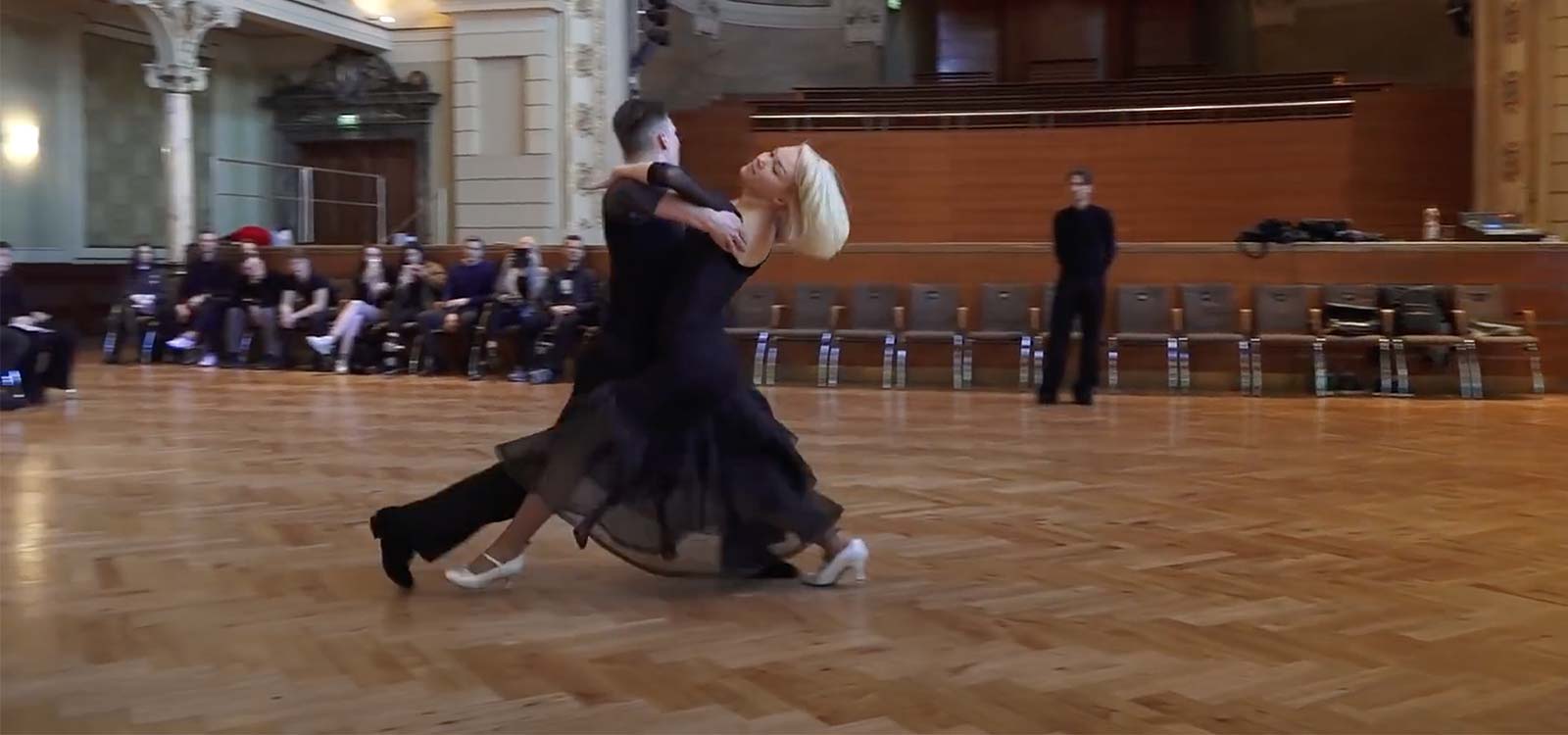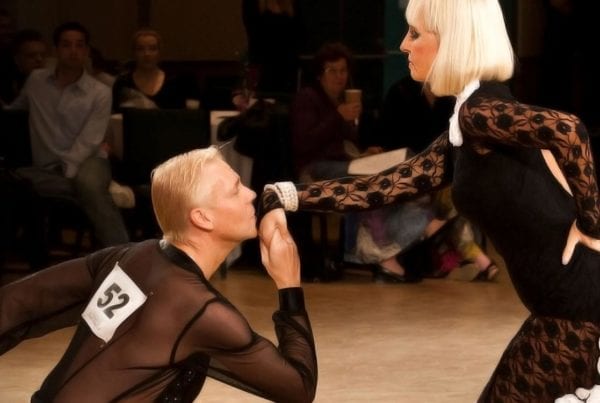I’ve always been of the mindset that basic steps, when danced at a high level, are more beautiful in many ways than the advanced, dynamic choreography everyone seems to strive for. The understanding of movement and the control needed to perform them well are much more involved than many of the fancy steps. Yet too many dancers are so impatient to push their choreography that they never take the time to develop their basics.
As a result of the coronavirus lockdowns that are shuttering our dance schools, we’ve been spending a lot of time studying technique and one video from The Camp back in 2017 struck an especially strong chord with me.
The Camp is an annual multi-day dance camp held in Wuppertal, Germany. Considered by many to be the best of its type in the world, The Camp features some of the best coaches in the WDSF. I’ve never had the pleasure of being able to attend, but thankfully they post a number of their lectures online for free access, to benefit the worldwide dance community.
Most of the lectures are outstanding and worth reviewing time and time again. But today I draw your attention to one Ballroom lecture on basic steps by Italian coach Michele Bonsignori in 2017. The 38-minute presentation hit on a vital issue that is missing in much of today’s dancing.
Michele begins by talking about a curious frustration he has encountered in teaching some of the top young couples in the world. They perform imaginative and creative choreography with tremendous effect. Yet when he asks them, at the end of a lesson, to just dance a basic step they have no idea what to do.
One of the statements that really stood out to me was that without a rich understanding of basic steps and how they relate to all other figures you will never be a champion.
without a rich understanding of basic steps and how they relate to all other figures you will never be a champion
He then goes on to show that, if you don’t spend enough time to understand the basic steps with all the incredible dynamic quality they bring to your understanding of dance, you really cannot consider yourself an advanced dancer. He covers things like use of the knees and center and understanding where your foot pressure needs to be at every part of your dancing.
I was particularly impressed by an example he gives at the end of his lecture. He points out that WDSF amateur world champion Olga Kulikova, before she was a world champion, was falling short of her goals due to what many would see as a nearly insignificant issue in how she used her body weight before the dance even started.
The lecture is primarily focused on Slow Foxtrot and Tango, with a couple of Waltz examples thrown in. You’ll see how critical it is for anyone desiring high marks in competition to focus on a thorough understanding of basic steps. In my view, the basic choreography that Dima and Olga apply in the middle of the lecture is more beautiful and overall more artistic than their open choreography.
Take a look. I hope you enjoy this lecture as much as I did.















Wow I really could not agree with this more! A great reminder that the simple basics are the best foundation!